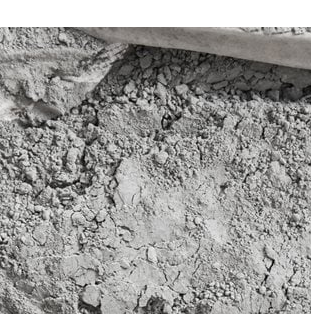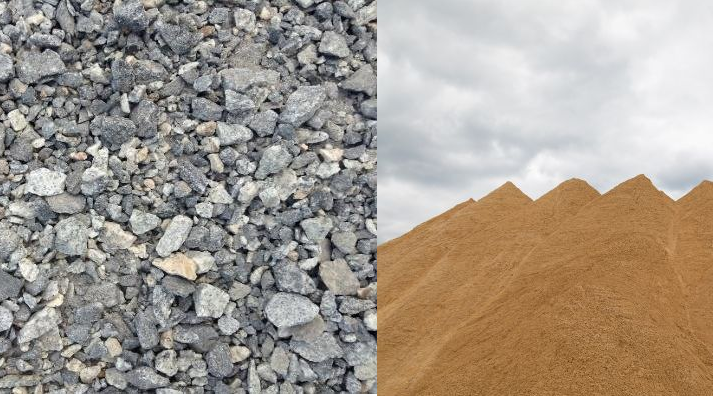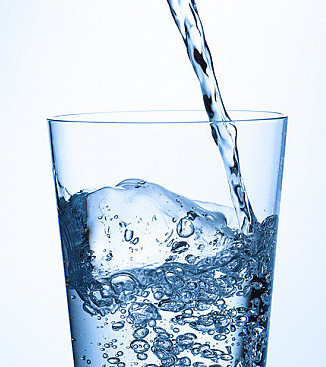Materials and Objectives of Concrete Design Mix
Materials of Concrete Design Mix
Portland cement concrete is composed of three basic components: Portland cement, aggregates, and water.
In order for the concrete to acquire certain features, a variety of additional substances, referred to as additives, may be added to the basic mixture. These include super-plasticizers, fly ash, pozzolans, carbon black, and other colouring agents, as well as air entraining agents, accelerators, decelerators, and water-reducing agents.
Cementing Materials
Any material that can be made plastic and that gradually hardens to form an artificial stonelike substance is called a cementitious material.

The main cementing materials used in constructions nowadays are hydraulic cements, specifically Portland and Natural, coupled with lime, fly ash, and silica fume. When water is added, they turn into plastic, and the mixture then sets and becomes rigid.
The other principal type of cementing agents are asphalts, which are made plastic either by heating, emulsifying, or by the addition of a cutback agent. Asphalt concretes are vastly different from hydraulic concretes. The hardening process of the latter requires a hydration mechanism.
Brief History on Cement
The Romans utilised pozzolan cement, the first type of cement known, more than 2000 years ago. There are several pozzolanic cement constructions that are still standing and in good shape. The pozzolana, a volcanic ash discovered close to the Italian town of Pozzuola, was combined with lime to create those cements.
In more recent years, natural cements have been made by first burning limestone rich in clay minerals and magnesia to drive off the carbonic acid, then grinding the resulting clinker into a fine powder.
Natural cement is less consistent in its characteristics and has a lower tensile strength than Portland cement. It also gains strength more slowly.
Joseph Aspdin created Portland cement for the first time in Portland, England, from where it got its name, in 1824. It can be made using a dry or a wet technique.
In the wet method, the raw materials are blended and ground in a slurry condition. In the dry process, operations are carried out with the materials in a dry state. Adjustments to the constituents are made by the addition of clay or stone of known characteristics.
Portland cement is obtained from finely pulverized clinker produced by calcining to incipient fusion properly proportioned argillaceous and calcareous materials.
The final components and characteristics of Portland cement are closely regulated during production.
Five main kinds of Portland cement as well as several speciality variations are available to meet various physical and chemical specifications:
- Type I: normal or general purpose
- Type II: moderately sulfate resistant
- Type III: high early strength
- Type IV: low heat of hydration
- Type V: sulfate resistant
For Types I, II, and III, designations with an A after the number indicate that the cement contains an air-entraining agent.
There is also a white Portland cement in Types I and III for special purposes.
Aggregates
Aggregates are the inert particles that the cementing agent (like Portland cement) uses to bind together to create a mortar or concrete.
Mortar is a mixture of fine aggregate, a cementing material, and water.
A mixture of only cement and water is referred to as neat cement (or cement paste).
Concrete is composed of the ingredients of mortar plus coarse aggregates.
Fine aggregates are defined as having a particle size that passes a 5-mm (No. 4) sieve. Particle sizes of coarse aggregate are those that pass through a 5-mm (No. 4) sieve opening. Although there isn’t really a maximum aggregate size, the highest limit for most concretes used for constructions and pavements is typically 5 cm, but it may be bigger.
Gravel or crushed stone, blast furnace slag, or recycled concrete are all sources of coarse aggregates. For crushed stone, trap rocks, granite, limestones, and sandstones work well.
Fine aggregates are derived from the same sources except that in the place of gravel, naturally occurring sand is used.
All aggregates should be composed of hard particles and free of injurious amounts of clay, loam, and vegetable matter.

The principal characteristics of aggregates that affect the strength, durability, and workability of a concrete are:
- Cleanness
- Grading
- Hardness
- Shape
Usually, the aggregates are stronger than the concrete from which they are made.
A coating of dirt or dust on the aggregate will reduce the strength of concrete because it prevents the particles from properly bonding to the mortar.
To produce affordable, high-quality concrete, a well-graded aggregate mix is necessary. If the mix is poorly graded, even clean, sound aggregate may need too much water to be workable, lowering the strength, or it will need too much cement to create a given strength.
Water
The water used for concrete should be clean and free from dirt or organic matter.
Water containing even small quantities of acid can have a serious deleterious effect on concrete. The presence of oil will result in slowing the set and reducing the strength.
In general, water that is suitable for drinking is sufficient for making concrete.

Objectives of Concrete Design Mix [Objectives in Designing a Concrete Mixture]
Concrete is composed of four basic separate ingredients: cement, coarse aggregates, fine aggregates, and water.
Another way to see concrete is as a wet cement binder holding together a graded combination of fine and coarse aggregates.
Still another way of viewing concrete is that the coarse aggregates are held together by a mortar that is composed of cement, fine aggregates, and water.
Although the standards and performance criteria for concrete are complex, the end goal is to generate the most cost-effective combinations of concrete ingredients.
A properly designed concrete mixture should possess the following physical properties:
- When still in the plastic state, it must be adequately workable.
- It must fulfill the required strength
- Durability to be able to withstand imposed forces and elements such as traffic abrasion for a concrete pavement.
- Other properties that may vary in importance with the location of the concrete in a structure are permeability and appearance.
Read Also:
